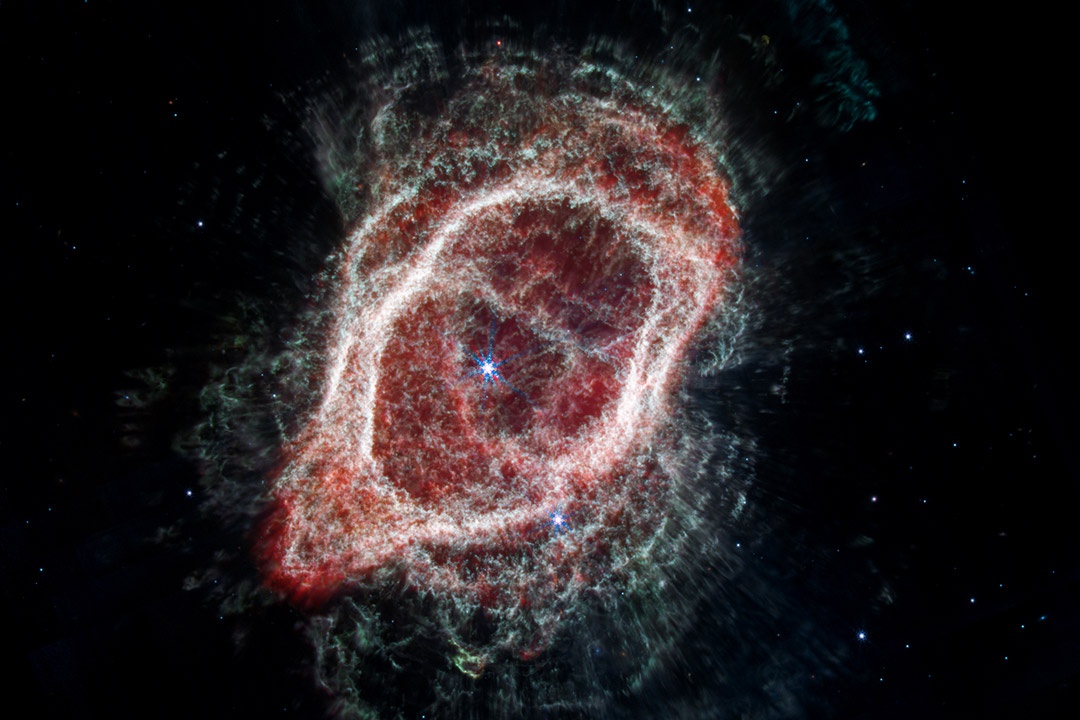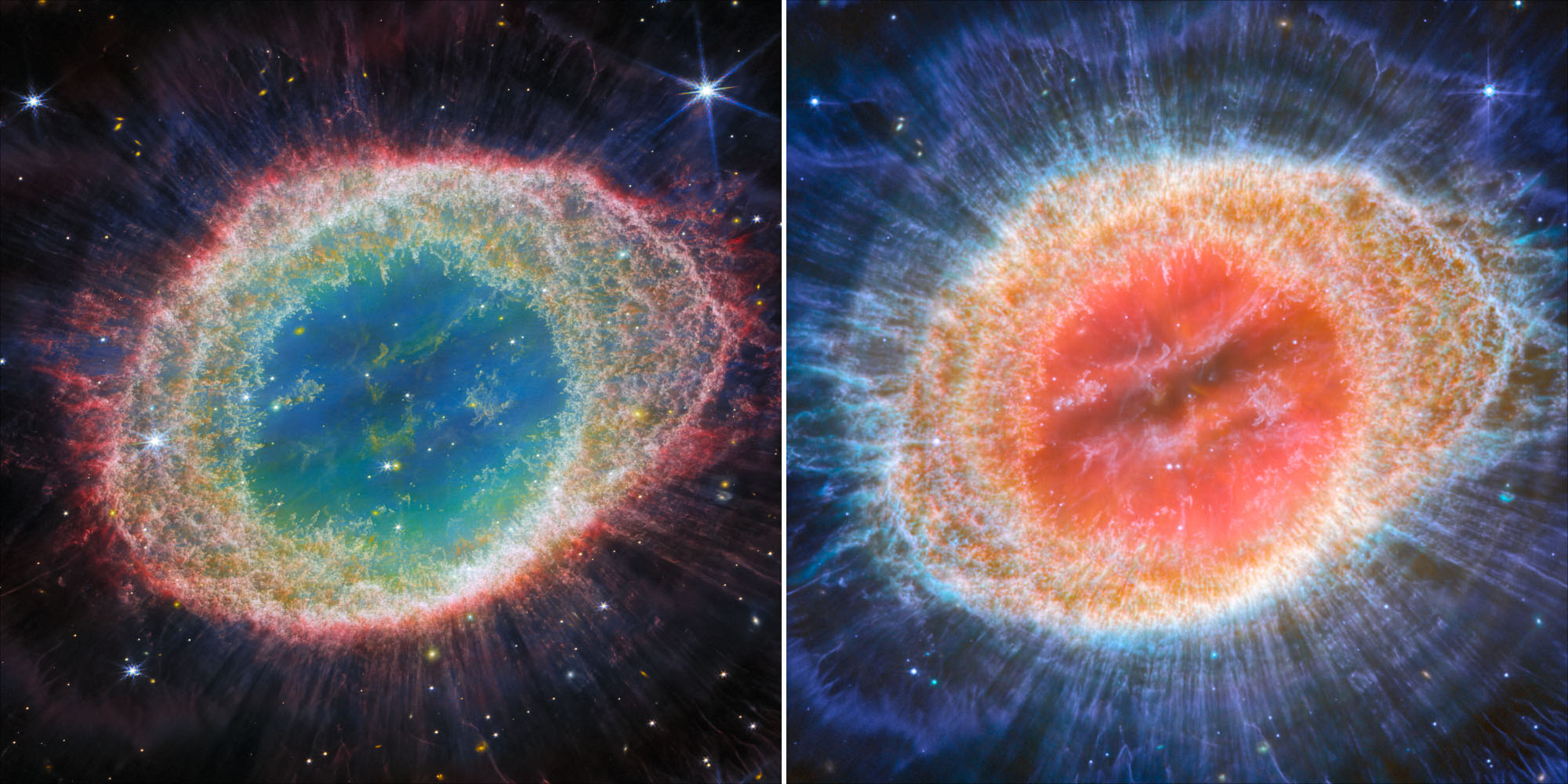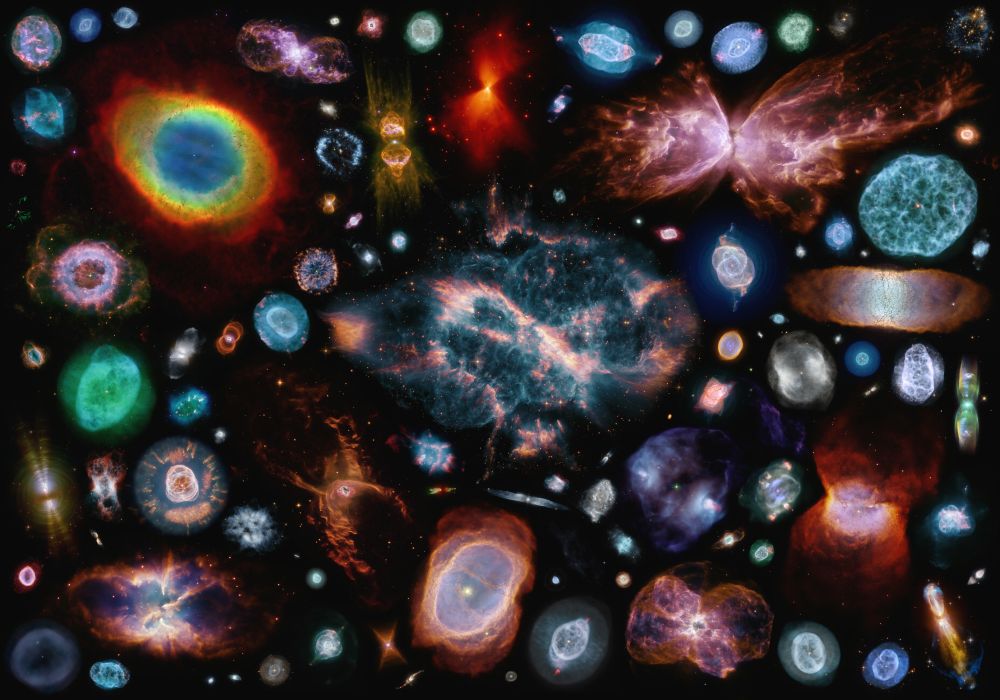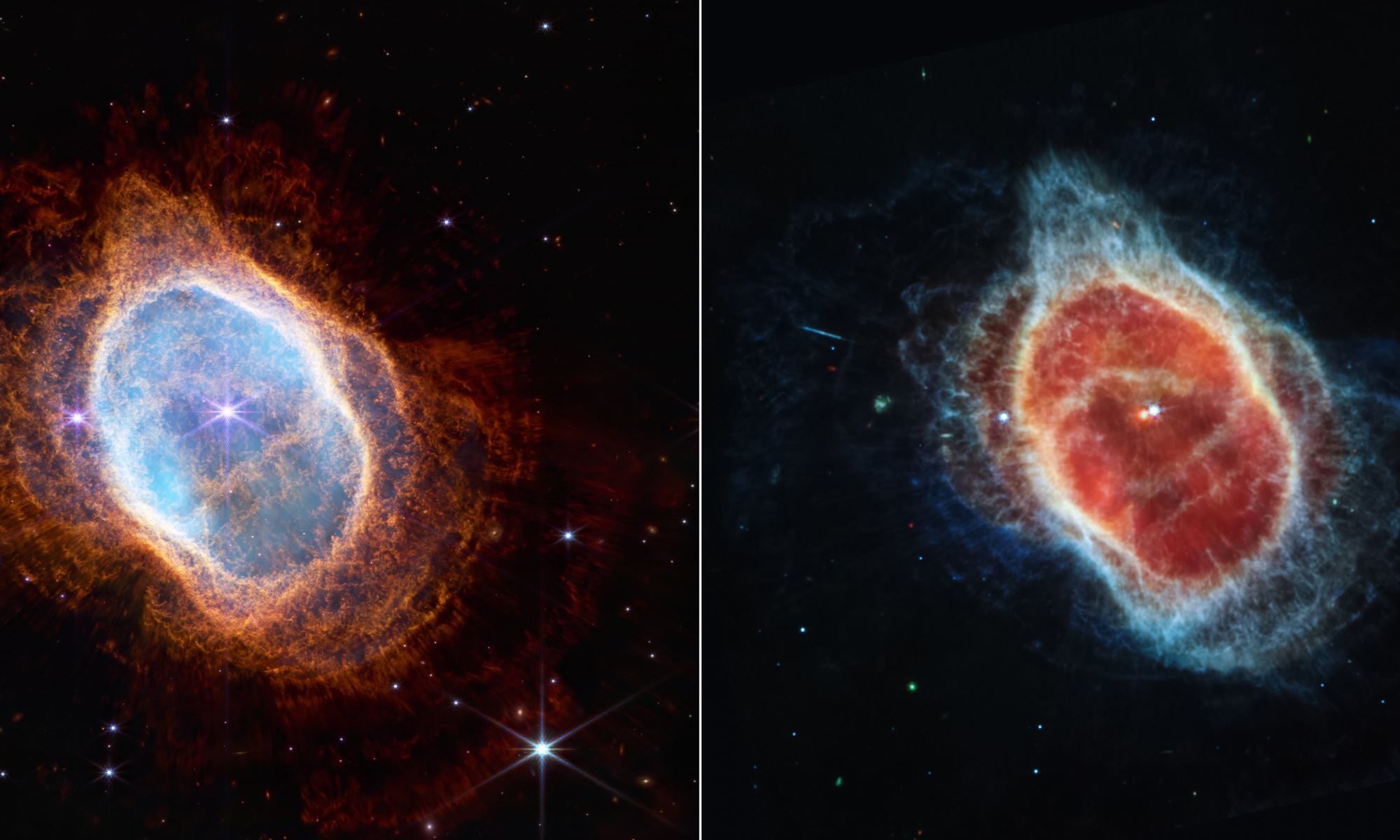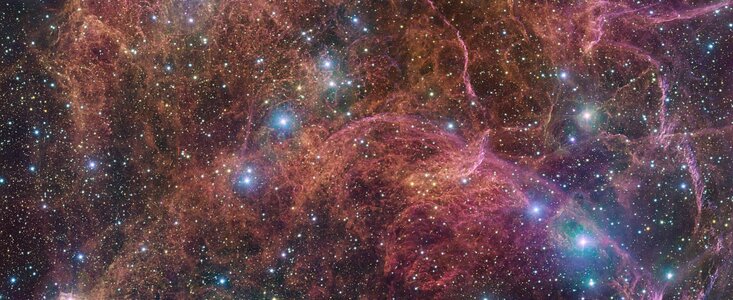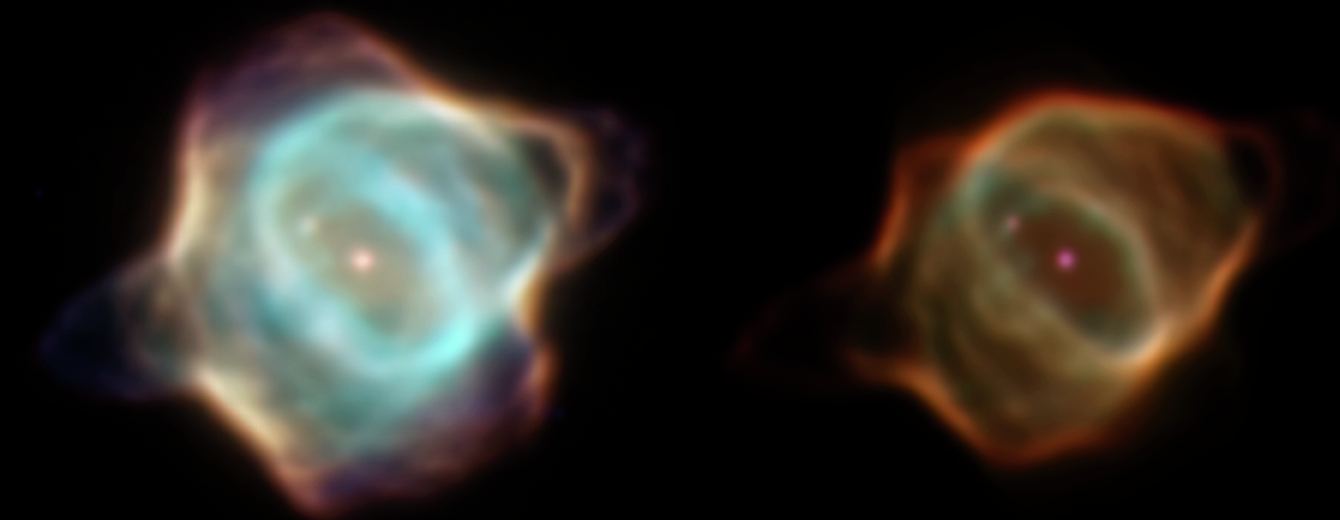According to the most widely accepted theory of planet formation (the Nebular Hypothesis), the Solar System began roughly 4.6 billion years ago from a massive cloud of dust and gas (aka. a nebula). After the cloud experienced gravitational collapse at the center, forming the Sun, the remaining gas and dust fell into a disk that orbited it. The planets gradually accreted from this disk over time, creating the system we know today.
However, until now, scientists have wondered how dust could come together in microgravity to form everything from stars and planets to asteroids. However, a new study by a team of German researchers (and co-authored by Rutgers University) found that matter in microgravity spontaneously develops strong electrical charges and stick together. These findings could resolve the long mystery of how planets formed.
Continue reading “Planets Started Out From Dust Clumping Together. Here’s How”


